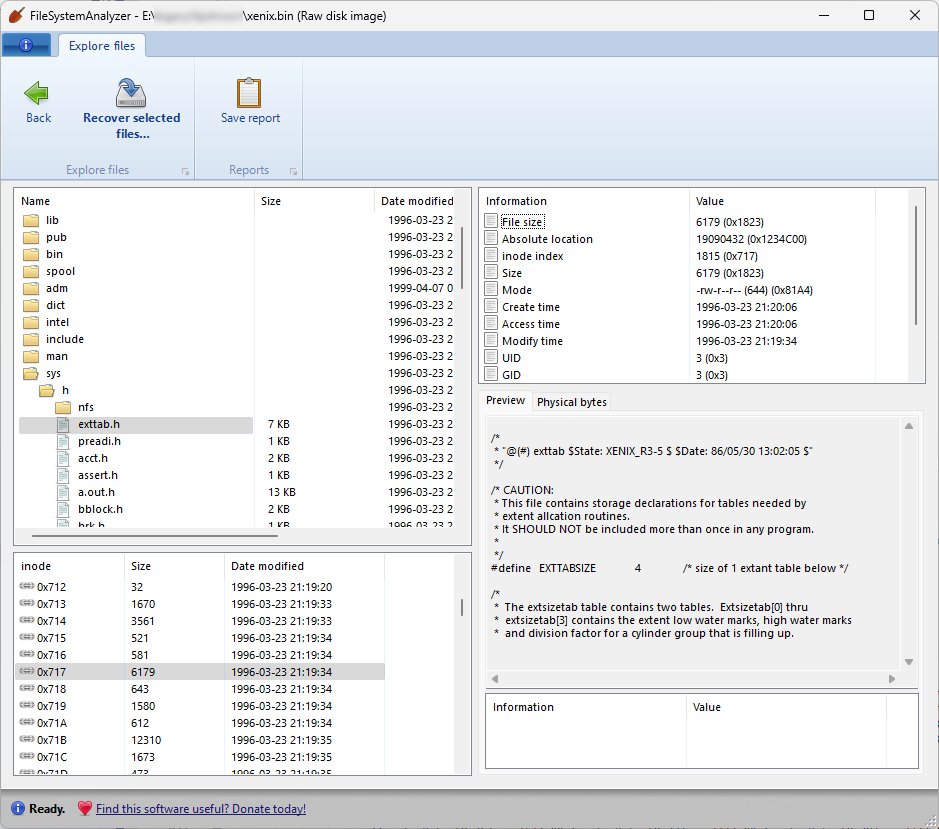Here’s something that grinds my gears: waiters/waitresses at restaurants who insist on memorizing your order instead of writing it on a notepad. Why do they do this? Does the restaurant require them to have exceptional short-term memory, as if memorizing the order is somehow classier than writing it down? Or do the servers themselves feel so confident in their memory that they forego the notepad? It’s not impressive to me if you can memorize a list of items, and it’s infinitely more annoying if the order comes out incorrectly due to a failure of memory, or if the server comes back to double-check what I ordered. None of this is necessary.
In fact it’s mildly anxiety-inducing when the party at my table lists all the items they’re ordering, and the server does nothing except nod smilingly. It then becomes a minor miracle if the order ends up being fulfilled correctly, which I suppose is a payoff of sorts, but it doesn’t have to be. Just write it down.
Time for a small confession: I watch/listen to ASMR videos before falling asleep. ASMR is very much a real phenomenon, and I respond to certain ASMR triggers very strongly, although not as strongly as I did when I was younger. The first time I experienced it was all the way back in first grade: sitting at my desk in class, a voice started speaking over the PA system, and something about the sound or texture of the voice caused an overwhelming tingling sensation over an entire half of my body, to the point where I could no longer grasp my pencil with my hand to write legibly. This lasted for several minutes afterwards, and abated very slowly until I finally regained control of my hand. I wouldn’t say the sensation was either pleasurable or painful, just very curious and unusual.
It didn’t happen as strongly in subsequent instances, and eventually I stopped paying attention when it might have happened again. But in recent years I’ve rediscovered ASMR, thanks to a huge community of ASMR YouTubers who make videos that attempt to trigger these responses deliberately. And for me, certain types of triggers have a very relaxing, even therapeutic effect.
For my money, the best ASMR videos of all time are the “Departure” series, made by a channel called ASMRrequests. Even though there are only two “episodes” of this series, their combination of subtle, understated ASMR triggers with an engaging science fiction roleplay theme, as well as outstanding video production quality, makes them absolute genius-level videos, and I can admit to watching them again and again before going to sleep. Ally Maque, the young woman behind ASMRrequests, has explained that her partner at the time was responsible for the video production (and possibly the script?), but this makes the videos no less impressive. It’s a bit of a shame that the pressures and responsibilities of life seem to have put an end to any future episodes of Departure. If Ally is reading this, and wants to collaborate on additional episodes, hit me up!

